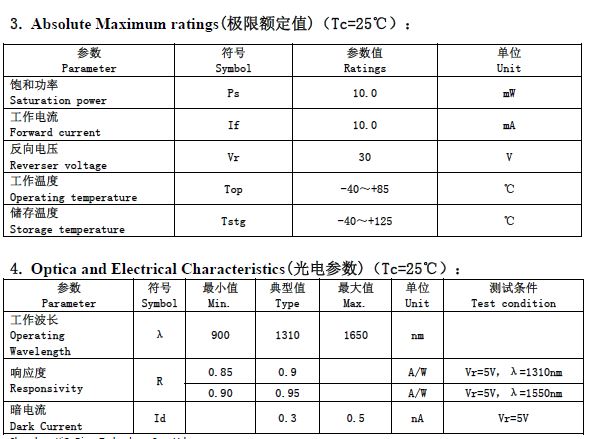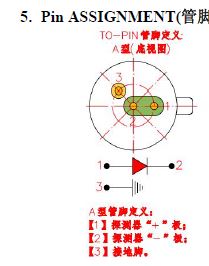


I'm using a photodiode module, model: coaxial InGaAs, Gtel.
I set it in reverse bias with 5V and tested it with a laser but it doesn't give any output voltage. Unfortunately I don't know the laser wavelength. The resistor in this circuit is 5k.
I have 3 of these modules but none of them worked.
